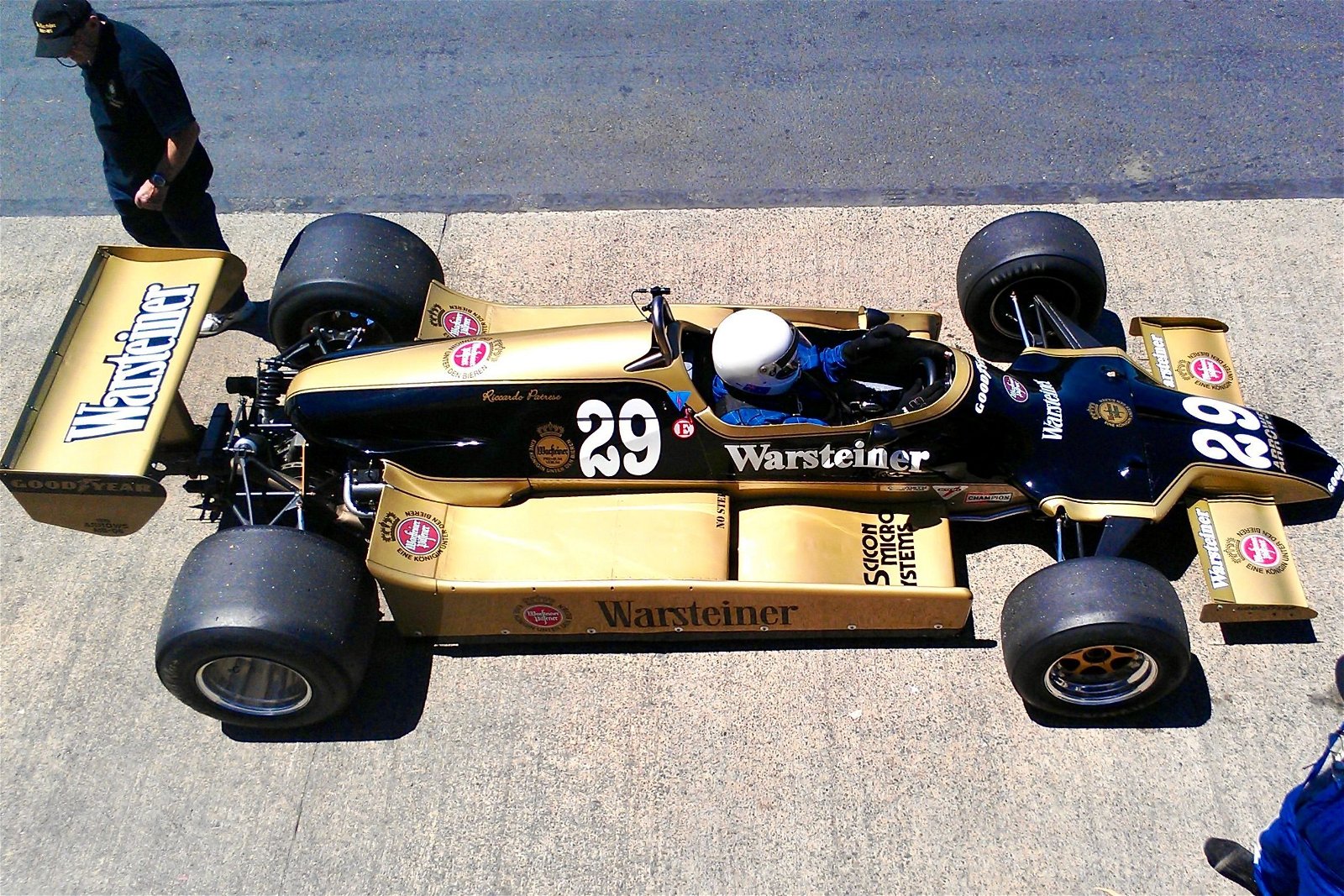

The Arrows A1 debuted midway through the 1978 season in the hands of Riccardo Patrese and team-mate Rolf Stommelen.
It was not an especially competitive machine, though Patrese did finish fourth in the 1978 Canadian Grand Prix, and was ultimately replaced during the 1979 season by the Arrows A2.
However, while the A1 itself was unspectacular, how it came about was far more curious.
It was designed by Tony Southgate and replaced the Arrows FA1, the car the squad had first entered F1 with.
The FA1 had quickly courted controversy for being a near-direct copy of the Shadow DN9, a car Southgate had also designed.
The DN9 featured an aluminium monocoque with a Ford Cosworth DFV and Hewland gearbox – stables of most F1 teams at the time.
Like the Arrows FA1, the Shadow DN9 was not an exceptional car, and its best result in 1978 was a brace of fifth places at the Swedish and British Grands Prix.
Southgate had designed the car while working as a consultant to Shadow and, as he was not an employee of the organisation, believed he owned the design’s intellectual property.
Thus, he recycled much of his previous work when it came to creating the Arrows FA1.
That landed Arrows in the London High Court, which ruled Southgate did not own the design.
Furthermore, the court ruled that, since the FA1 was more than 70 percent identical to the DN9, the four chassis built be broken down and the parts handed over to Shadow.
Anticipating a negative outcome in court, Arrows designed a new car in just two months and didn’t miss a grand prix. Thus, the Arrows A1, arguably the team’s first F1 car, was born.
Like the FA1 (and DN9), it featured an aluminium monocoque with Cosworth DFV and Hewland gearbox.
However, unlike the previous car, it used ground effects, with the airflow channelled under the car to create downforce.
It was one of the first F1 cars to do so, mirroring the philosophy of the Lotus 79, which won the world championship in 1978 in the hands of Mario Andretti.
A total of six A1s were built, with three gradually upgraded to A1b and then A1C spec over their life comparatively short lives.
The A1B-spec, as will appear in Adelaide, first appeared at the opening round of the 1979 season and boasted a stiffer monocoque than the original though proved no more competitive.
Meanwhile, Shadow continued to race the DN9 through 1979 and saw a young Elio de Angelis score his first world championship points in fourth at the United States Grand Prix.
For 1980, Shadow introduced the DN11 and DN12, the former failing to ever qualify for a world championship grand prix and the latter making just one appearance.
Shadow disappeared from the F1 grid before the 1980 British Grand Prix while Arrows continued on, under a number of different guises (which is a story in its own right), until 2002.



















Discussion about this post